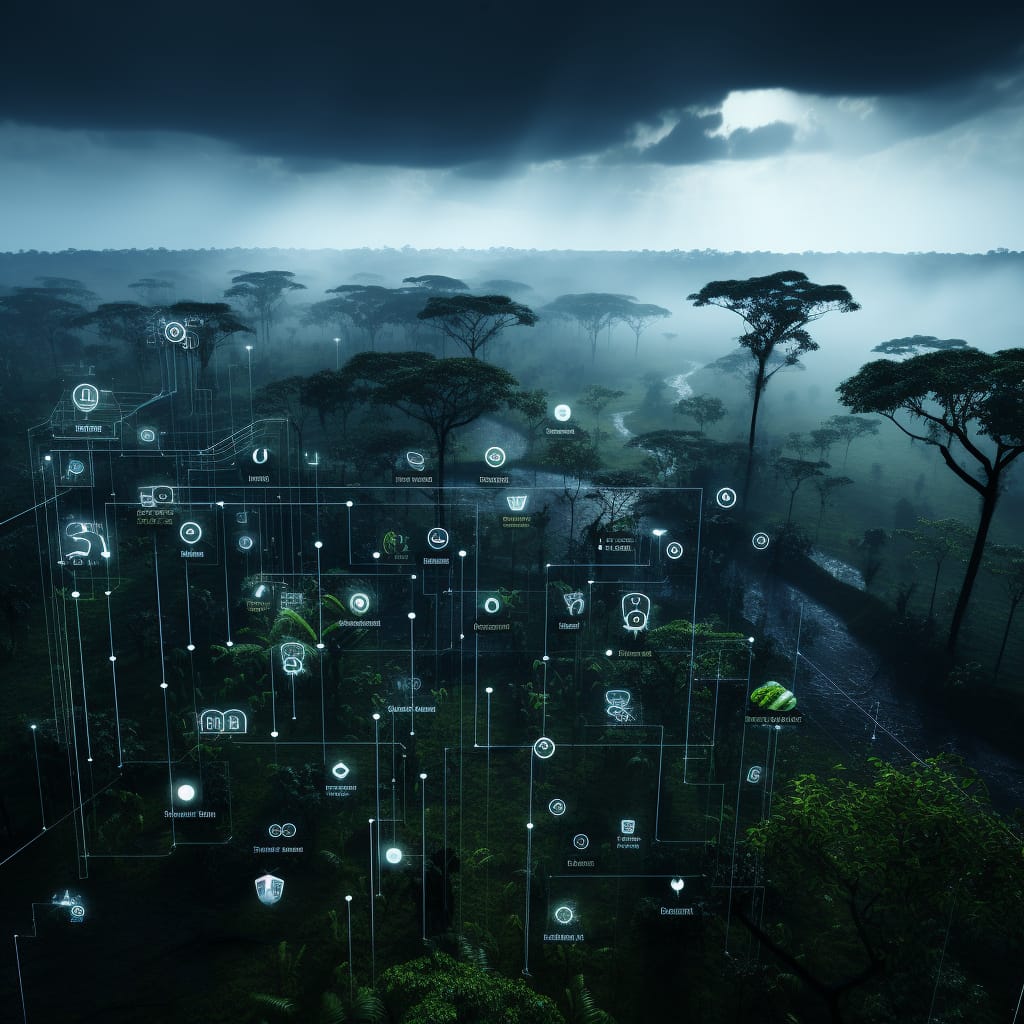Environmental monitoring and conservation are crucial for protecting our planet’s ecosystems and ensuring a sustainable future. As the effects of climate change and human activities become more pronounced, the need for effective monitoring and conservation strategies has never been more urgent. This blog explores the importance of these practices, their methodologies, and their impacts on our environment.
The Importance of Environmental Monitoring
Environmental monitoring involves the systematic collection and analysis of data related to various environmental factors. Specifically, this process is essential for understanding changes in ecosystems and identifying potential threats. Monitoring can include air quality assessments, water quality testing, biodiversity surveys, and more.

Key Benefits of Environmental Monitoring
- Informed Decision-Making: Accurate data helps policymakers create effective regulations and conservation strategies. For instance, when communities understand local air quality, they can advocate for cleaner policies.
- Early Warning Systems: Monitoring allows for the early detection of environmental hazards, such as pollution or habitat loss, enabling timely intervention. Thus, proactive measures can be taken to mitigate risks.
- Public Awareness: By sharing monitoring data with the public, organizations can raise awareness about environmental issues and promote community engagement. Consequently, informed citizens are more likely to support conservation efforts.
Conservation Strategies
Conservation strategies aim to protect and restore natural ecosystems. Moreover, these strategies can vary based on the specific environmental issues at hand. Here are some common approaches:
1. Habitat Protection
Protecting natural habitats is vital for maintaining biodiversity. For example, creating protected areas, such as national parks and wildlife reserves, allows ecosystems to thrive without human interference.
2. Restoration Ecology
Restoration ecology focuses on rehabilitating damaged ecosystems. Techniques may include reforestation, wetland restoration, and invasive species removal. By restoring natural habitats, we can help revive biodiversity and ecosystem functions.
3. Sustainable Resource Management
Sustainable resource management involves using natural resources in a way that meets current needs without compromising future generations. This includes practices like sustainable forestry, fisheries management, and agriculture.

The Role of Technology in Environmental Monitoring
Advancements in technology have revolutionized environmental monitoring. In particular, innovative tools and methods are now available, making data collection more efficient and accurate.
Remote Sensing
Remote sensing technology uses satellite imagery and aerial photography to monitor large areas of land. Consequently, this method provides valuable information about land use changes, deforestation rates, and urban expansion.
Geographic Information Systems (GIS)
GIS combines spatial data with mapping tools to analyze environmental patterns. Thus, this technology helps visualize data, making it easier to identify trends and inform conservation strategies.
Citizen Science
Citizen science involves engaging the public in data collection and monitoring efforts. For instance, apps and online platforms enable individuals to contribute to environmental research, enhancing community involvement and awareness.
Case Studies of Successful Environmental Monitoring and Conservation
- The Great Barrier Reef: The Great Barrier Reef in Australia is monitored through a combination of satellite data and underwater surveys. As a result, ongoing research has helped track coral bleaching events and inform conservation efforts to protect this UNESCO World Heritage site.
- The Amazon Rainforest: Organizations are using satellite imagery to monitor deforestation rates in the Amazon. In this way, this data is crucial for implementing policies that protect this vital ecosystem from illegal logging and agricultural expansion.
- Urban Air Quality Monitoring: Cities around the world are implementing air quality monitoring systems to track pollution levels. Therefore, this information is essential for public health initiatives and developing strategies to improve urban air quality.
Challenges in Environmental Monitoring and Conservation
Despite the advancements in monitoring techniques and conservation strategies, several challenges persist:
- Funding Constraints: Many environmental organizations struggle with limited funding, which hinders their monitoring and conservation efforts. Thus, securing consistent financial support is crucial.
- Data Management: The sheer volume of data collected can overwhelm organizations, making it difficult to analyze and utilize effectively. Consequently, there is a need for better data management systems.
- Policy Gaps: Inconsistent regulations and lack of enforcement can undermine conservation efforts. Therefore, comprehensive policies are essential for success.
The Future of Environmental Monitoring and Conservation
As we look to the future, collaboration among governments, organizations, and communities will be essential for effective environmental monitoring and conservation. By sharing resources and knowledge, we can enhance our collective impact.
Conclusion
Environmental monitoring and conservation are integral to safeguarding our planet for future generations. Through informed decision-making, innovative technology, and community engagement, we can create a sustainable future. It is our responsibility to protect the environment, ensuring that natural ecosystems continue to thrive.
